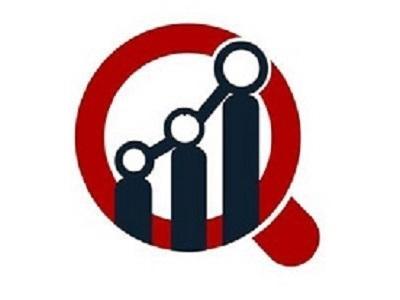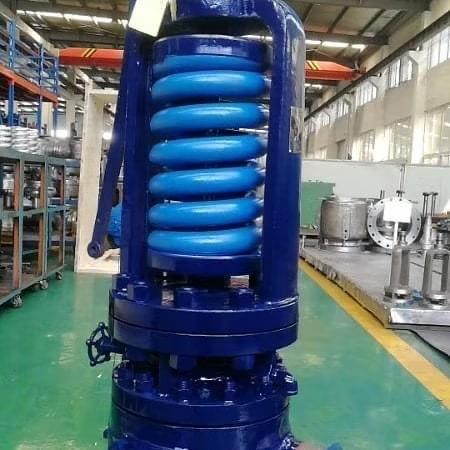Why Watchlist Screening Fails Without Proper Entity Resolution

In today's compliance-driven world, watchlist screening is a critical component of any financial institution's risk management strategy. But despite having top-tier AML Software, many organizations still fail at detecting high-risk entities. Why? The reason is often a lack of proper entity resolution. Without accurately identifying and resolving entity identities—especially across fragmented, duplicated, or unclean data—watchlist screening becomes unreliable. This is where integrated tools like Sanctions Screening Software and Deduplication Software play a vital role in enhancing AML processes.
Understanding Entity Resolution
Entity resolution is the process of identifying and linking multiple records that refer to the same real-world entity—such as a person, business, or organization—across different databases or within a single, inconsistent data set. For instance, “John A. Smith” and “J. Smith” might appear as two different people in your system, but they could be the same individual. Without resolving this, your systems may either miss a match on a sanctions list or flag the same person multiple times, leading to false negatives or false positives.
The Cost of Poor Entity Resolution
Failing to resolve entities properly can lead to three major issues:
-
Missed Sanctioned Entities (False Negatives): If your system can’t match a slightly different name spelling or address to a listed entity, it might skip screening them altogether.
-
Over-Flagging (False Positives): Duplicate customer records or weak matching logic can flood compliance teams with unnecessary alerts.
-
Regulatory Penalties: Regulators expect institutions to catch risky entities. If your system fails to flag a known criminal or sanctioned individual, the resulting fines and reputational damage can be devastating.
How AML Software Supports Entity Resolution
Modern AML Software integrates multiple tools to manage and resolve entity data across the customer lifecycle. It’s no longer just about scanning names against a list. Today’s software uses intelligent algorithms and advanced matching logic that factor in variations in spelling, missing data, alias names, and more. This reduces both false positives and negatives, increasing overall screening accuracy.
The Role of Sanctions Screening Software
Sanctions Screening Software is specifically designed to monitor transactions, customer onboarding, and existing records against global watchlists, politically exposed persons (PEPs), and adverse media. But its effectiveness is directly dependent on the quality of the input data. If the data is duplicated or contains inconsistencies, the software might miss key connections. Therefore, proper entity resolution must be in place to enhance its detection capabilities.
Why You Need Deduplication Software
This is where Deduplication Software becomes crucial. Most customer databases contain multiple instances of the same person with slight differences—one entry with a middle initial, another with a shortened name, and perhaps another with an outdated address. Deduplication tools scan through millions of such records in real-time and merge or link them based on fuzzy matching techniques. The result is a single, unified customer profile that feeds into the AML engine.
Without deduplication, watchlist screening tools might either miss a suspicious entity altogether or report it multiple times. In high-volume sectors like banking and telecom, this inefficiency can cripple compliance teams.
Why Data Cleaning and Data Scrubbing Matter
Clean data is the foundation of successful entity resolution. Data Cleaning Software helps identify missing fields, fix formatting issues, and remove inconsistencies, while Data Scrubbing Software focuses on correcting or removing inaccurate records. These tools work in tandem with deduplication and screening software to ensure that the data being processed is accurate, complete, and consistent.
For example, if a customer’s name is entered as "Jonh Smith" in one record and "John Smith" in another, a basic system might treat them as two different people. Data scrubbing tools can correct the misspelling, while deduplication software can merge the records, allowing sanctions screening tools to operate on a unified, accurate profile.
Case Example: A Missed Match
Imagine a scenario where a bank’s client database contains the following entries:
-
John Smith, born 1980, residing at “456 Market Rd”
-
J. Smith, born 1980, residing at “456 Mkt Road”
The sanctions list includes “John A. Smith” flagged for financial crimes. Without deduplication and proper data cleaning, the system may treat these as different individuals and completely miss the watchlist match. With an integrated AML solution, however, all entries are resolved into a single identity, ensuring that screening detects the threat.
Benefits of Proper Entity Resolution in AML
-
Improved Accuracy: Reduced false positives and negatives.
-
Faster Compliance: Fewer manual investigations due to more accurate alerts.
-
Stronger Risk Management: Complete and unified views of customers help detect hidden relationships and behaviors.
-
Lower Costs: Efficient systems reduce the workload on compliance staff.
-
Audit Readiness: Clean, resolved data improves documentation for regulatory reviews.
How to Strengthen Your Entity Resolution Framework
-
Invest in Integrated AML Software: Ensure your system includes built-in tools for deduplication, cleaning, and scrubbing.
-
Use Fuzzy Matching Techniques: Avoid relying solely on exact matches.
-
Schedule Regular Data Audits: Make data quality checks a routine part of operations.
-
Train Your Compliance Teams: Technology works best when staff understand its capabilities and limitations.
-
Update Watchlists Frequently: Ensure you’re using the latest data from all relevant sources.
Final Thoughts
Watchlist screening is not just about scanning names—it’s about understanding identities. Without proper entity resolution, your screening process is incomplete and unreliable. By integrating AML Software with smart Sanctions Screening Software, effective Deduplication Software, and solid Data Cleaning Software and Data Scrubbing Software, institutions can build a powerful and proactive compliance engine.
The future of AML lies in intelligent automation backed by accurate, clean, and unified data. Don’t let poor entity resolution be the weak link in your compliance chain.







